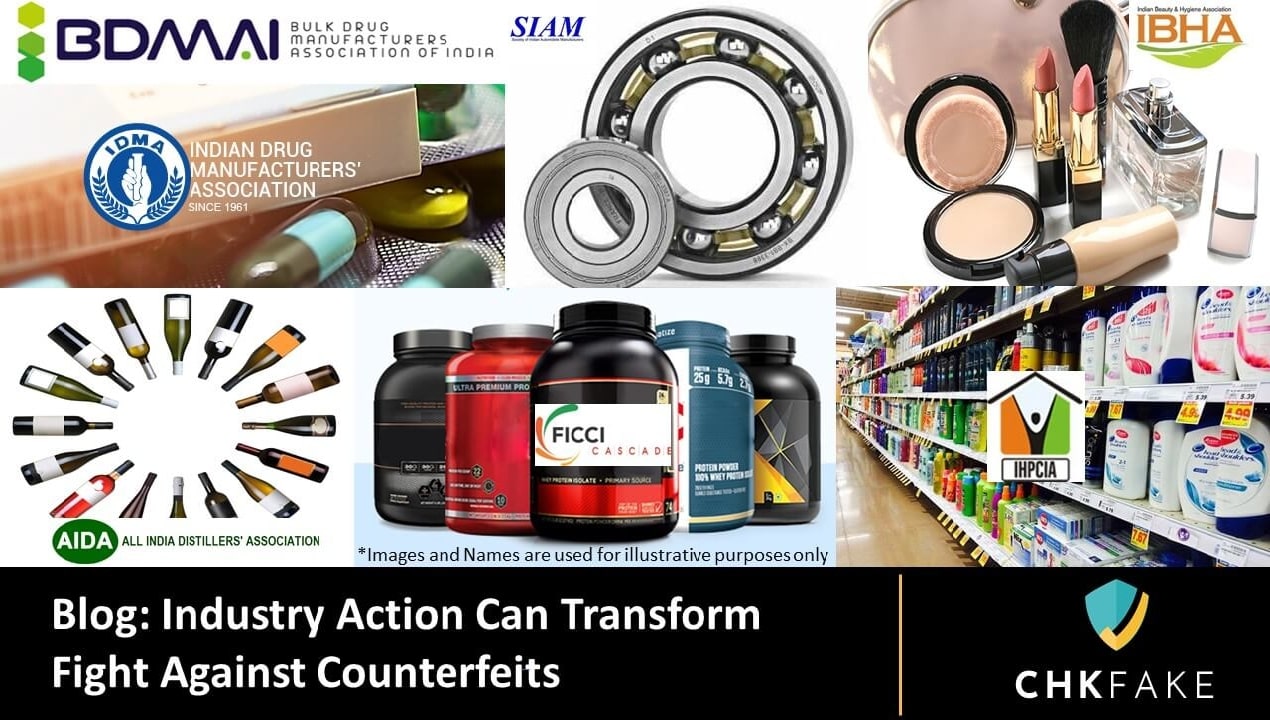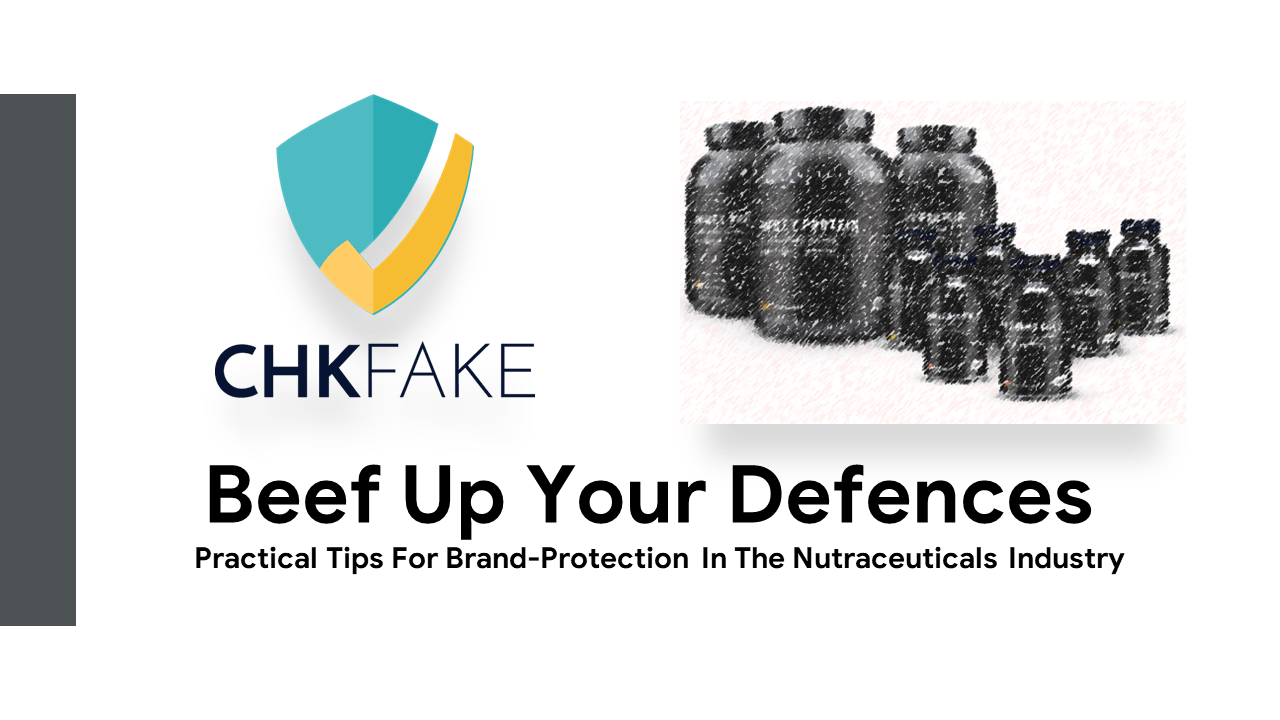
Image Courtesy: FICCI
Securities and Exchange Board of India, launched the “Mutual Fund Sahi Hai” campaign of the Association of Mutual Funds in India (AMFI) in March 2017 to woo retail investors into investing in mutual funds. In two years since the ‘Mutual Funds Sahi Hai’ campaign, the Average Assets Under Management (AAUM) has grown 33% –from Rs 18.5 trillion in February 2017 to Rs. 24.6 trillion in March 2019.

Image Courtesy: The Print
If we go a little back in time, what was the best nutritional advice ever given to Indians on television? ‘Eat eggs.’ That suggestion came through a revolutionary ad campaign: ‘Sunday ho ya Monday, roz khao ande.’
The popular jingle from the 1980s instantly struck a chord with the middle-class families that aspired to eat healthy but were not sufficiently aware of the nutritional qualities of eggs and helped raise egg consumption by 8 to 10 percent every year between 1980 and 2000.These are a few examples of an industry coming together through their association to promote group objectives.
Fighting counterfeits as an industry objective
One crucial challenge that most manufacturing industries face is the scourge of counterfeits and lookalikes (fig.1).

(Fig.1)(Counterfeits impact as % of total revenue. Source – FICCI Cascade, WHO and ASSOCHAM)
Industry associations in some of these industries are doing good work in the area of education and advocacy. However, impact is limited as resources of associations are severely constrained to launch a truly widespread and sustained education initiative. Similarly, advocacy efforts with government bodies have limited impact due to the long-term nature of policy making.
At the same time, there are areas where individual companies feel limited or reluctant to take the lead and which are great opportunities for the respective industry associations to use their good offices to step in and take collective action.
Here are some of the areas where industry associations can make a major impact that individual brand-owners can’t.
1) Customer engagement – Fear of Losing Customers to Competition

Image Courtesy: USFDA(Typical example of industry body/regulator’s campaign against fakes)
The most effective means of fighting counterfeits is to enable customers to verify whether the product is genuine before they buy. This stops sale of counterfeits at the point of purchase. In addition, data generated from this interaction can inform the Brand-owner to take effective and deterrent enforcement action.
However, Brands mostly limit their brand protection efforts to taking legal action from limited intelligence they can get from internal sources and 3rd party investigators. This barely scratches the surface of the counterfeit threat that envelopes the Brand.
Brands, rightly or wrongly, are apprehensive of engaging customers in the fight against counterfeits because they feel they will be seen as ‘the one with the fakes problem’ and would drive customers to competition. This is why they do not invest in customer-facing anti-counterfeiting security features, and do not engage the customers on how to verify genuine.However, if customer engagement were to be driven as an industry initiative, Brands can change their strategy and freely communicate to their customers on ‘how to verify’ without fear of losing revenue to competitors since most competitors will be part of the initiative as well. This will also allow Brands to invest in more effective anti-counterfeiting technologies, and increase the span of protection for their products. And, the overall industry ends up benefiting.
2) Unified Platforms to Verify Genuine

A linked issue is the challenge faced by the Brand in educating customers to help them verify their genuine products. Each Brand ends up investing in an authentication structure such as their website, or an app or a communication program to educate their customers on how to verify. Not only does this become a hurdle for the Brand, from a customer’s perspective, it becomes a daunting exercise to access multiple channels/ apps to verify various Branded products they buy.
A collective industry-wide platform to allow customers and supply chain to verify a genuine product would overcome individual brands’ reluctance to engage. It will also make it easier for customers as they don’t have to search for different modes of authentication (multiple apps or web searches), and brands need not maintain elaborate authentication platforms individually.One such platform is Chkfake which allows users to verify any product.
3) Lack of Best Practices on Anti-Counterfeiting (AC) Technology

Too often brands do not invest in anti-counterfeiting technologies, making their products vulnerable to counterfeiters. Reasons range from apathy to cost to reluctance in engaging customers. Even when they do, efforts are half-hearted and not thought through.
When they are looking to deploy an anti-counterfeiting solution, Brands often look for references of their industry to assure themselves that the solution they choose will work for them. If Industry Associations were to take the lead and developed best practices specific to their industry needs on the optimum brand protection strategy and the right suite of anti-counterfeiting technologies, it will save the Brands a lot of effort and give them reassurance at the same time.
4) Collective Enforcement Action

Image Courtesy: Telegraph
While enforcement led brand protection is the preferred strategy for a lot of big brands, it can still be daunting for smaller players to set up intelligence networks to report infringements and take subsequent enforcement actions due to lack of in-house expertise as well as limited budgets.
Collective actions at the industry level can help in enforcement as counterfeiters very often have the same production unit making fakes of several brands. Even if the industry association may not want to drive enforcement on its own, cooperation in intelligence sharing can help in faster and more successful shutdowns of the source of counterfeit supply.
5) Advocacy for Stricter Action Against Counterfeits

Image Courtesy: WSJ
Given that the core competence of industry associations is in influencing government agencies to drive favorable industry priorities in areas of policy and implementation, it is time for them to prioritize brand protection in their agenda and lobby for stricter laws and penalties with governments and government agencies.
In addition, associations can also facilitate cooperation with law enforcement on behalf of their members both at the level of entry of goods, e.g., Customs as well as deterrent action against counterfeit supply chains in collaboration with the Police and other enforcement agencies.
Counterfeiting is a phenomenon that bites every Brand eventually. As individual Brands are apprehensive of ceding their hard-won market share to the competition, it is perhaps forcing them to take a sub-optimal route to fight counterfeits. However, counterfeiting affects all players in the industry and this is one issue where industry associations can unlock huge value.
Industry Association can initiate collective action in terms of all three pillars of an effective brand protection strategy – the right anti-counterfeiting technology, freedom to engage customers on how to verify genuine, and deterrent enforcement action. With this approach, associations can truly fulfill their prime directive of driving the overall growth and well-being of their industry.
Watch out for my next blog on “ Customer Education and Empowerment: Your First Line of Defence Against Counterfeits ” If you liked what you read, please do share in your network. You can follow my articles on LinkedIn and Twitter, or subscribe to My blog.
_________________________________
Tanmay Jaswal is the Founder of Chkfake, a start-up that is disrupting the anti-counterfeiting industry by creating an eco-system of all stakeholders to join the fight against fakes together. The Chkfake mobile app allows users to verify genuineness of any product irrespective of category or brand.
Tanmay has 26 years of global experience in business leadership, marketing and strategy in companies like Coca-Cola and Shell and is an acknowledged authority on brand protection. He has headed the brand protection function for Shell globally and has extensive experience in this space over the last 8 years.






0 Comments